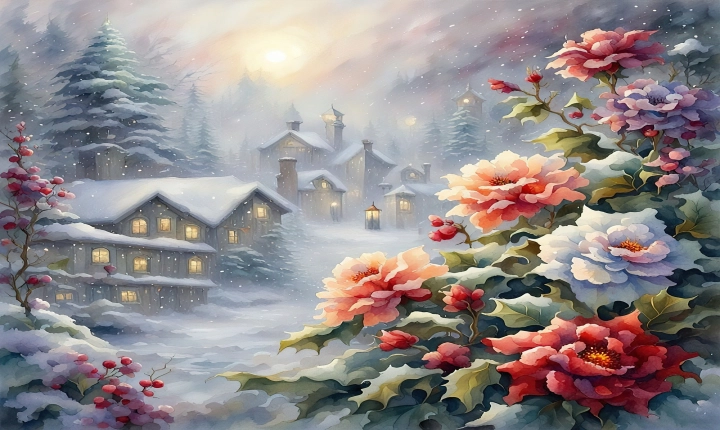Title: Exploring the Future of Art: Creating Masterpieces with AI
Art has always been a reflection of human creativity and expression. However, with the advancement of technology, the art world is being revolutionized by the integration of artificial intelligence (AI). AI is not only changing the way artists create, but also the way we perceive and interact with art. In this article, we will explore the innovative ways in which AI is being utilized to make art and the potential impact it can have on the art world.
One of the most exciting developments in the realm of AI art is the use of generative adversarial networks (GANs) to create original artworks. GANs are a type of machine learning algorithm that consists of two neural networks – a generator and a discriminator – that work together to produce new content. Artists and researchers have been using GANs to generate images, paintings, and even music. By training the algorithm on a dataset of existing artworks, GANs can produce new pieces that are often indistinguishable from those made by human artists. This has opened up new possibilities for creativity and has sparked debates about the nature of authorship and originality in art.
Another way in which AI is being utilized in art is through the creation of interactive art experiences. Artists and technologists are developing AI-powered installations and experiences that respond to the audience’s movements, emotions, and even their thoughts. These interactive artworks blur the line between the creator and the spectator, inviting viewers to become active participants in the art-making process. AI enables artists to create immersive and dynamic experiences that were previously unattainable, challenging traditional notions of art as a static object.
Furthermore, AI is also being used to assist and augment the creative process for artists. Some artists are leveraging AI as a tool to enhance their artistic practice, using algorithms to generate preliminary sketches, suggest color palettes, and even create custom brushes. By collaborating with AI, artists can explore new ideas and push the boundaries of their creativity.
While the integration of AI in art presents exciting opportunities, it also raises important questions about the role of technology in the art world. Critics argue that AI-generated art may lack the emotional depth and human touch that are inherent in traditional art forms. Moreover, there are ethical considerations surrounding the use of AI in art, such as issues of copyright, ownership, and the potential devaluation of human creative labor.
Despite these concerns, the use of AI in art has the potential to democratize the creative process and expand the boundaries of artistic expression. By embracing AI as a collaborator and tool, artists can harness its capabilities to create new forms of art that challenge our perceptions and expand our understanding of creativity.
In conclusion, the integration of AI in art represents a new frontier in the creative landscape. By leveraging the power of machine learning and neural networks, artists are pushing the boundaries of traditional art forms and creating innovative experiences for audiences. While the impact of AI on the art world is still being explored, it is clear that it has the potential to shape the future of art in profound ways. As technology continues to evolve, we can expect to see even more groundbreaking developments at the intersection of AI and art.
